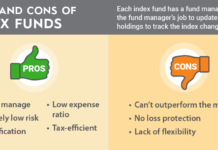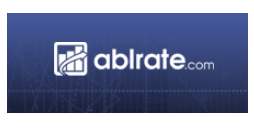While a loan and a line of credit or credit lines, allows an individual or a business to borrow money to meet certain expenses, the two terms are quite different. Among the shared similarities between those two terms is that the approval for either will depend on the borrower’s financial history and credit rating. When it comes to the features, one can clearly see the difference.
What is a Loan?
A loan is a non-revolving credit line, meaning that you only access a specific amount at once as a borrower. Once the loan amount is approved, you will make subsequent payments for the loan’s interest and principal portions as per the agreed terms with the lender. With a loan, it’s a one-off transaction when the lender extends you the credit. If you want another loan from the lender, you will have to apply again.
There are two types of loans, mainly:
Secured Loans
This type of loan has collateral that the lender repossesses in the event the borrower cannot service the loan. In some cases, the loan’s collateral is usually the asset for which the credit was advanced.
For example, in a mortgage, the collateral is usually the property that the borrower is purchasing. If the borrower cannot meet their repayments, the lender forecloses to recover the balance of the loan. Apart from mortgages, other types of secured loans include car loans, where the collateral is the vehicle.
While a secured loan earns you better credit terms and helps one build their credit score, it also poses risks such as the asset’s loss if you can’t service the loan. The risk is usually defaulting for the lender and the probability of selling the repossessed asset at a loss.
Unsecured Loans
Unlike secured loans, an unsecured loan will not have any collateral backing. Lenders mostly rely on their history with the borrower and their credit rating. These loans are considered riskier than secured loans. Unsecured loans often have stricter terms than secured loans, like higher interest rates and lower amounts of credit.
Some common unsecured loans include loan consolidations, student loans, medical loans, and personal loans.
What is a Line of Credit?
On the other hand, a line of credit is a revolving credit where the borrower gets a specified limit on their credit, repays this amount plus interest, and then borrows or spends it again. An excellent example of a line of credit is a credit card. It allows one to spend up to a specific limit while still repaying the money spent. As long as you are repaying the money you spend and don’t surpass your credit limit, you can keep paying for expenses from your credit card.
Some lines of credit are secured, like the HELOC (Home Equity Line of Credit). HELOC allows one to access credit up to 80% on the home’s market value, less than the mortgage amount you owe. Your home is then used as the collateral for the line of credit. Often, HELOC’s have a particular drawing period of not more than 10 years. The borrower can use the credit during this period while still repaying the used funds. A HELOC will have better terms than a credit card since it’s secured while a credit card is an unsecured line of credit.
Which One Should You Take?
Depending on your need for money and overall financial situation, either of these credit lines can suit you. If you already know how much you need for a particular expense, like mortgages, repairs, or vehicle purchases, a loan is probably the best choice. However, if you are working with unknown expense amounts, like ongoing expenses, a credit line will work best. Whichever option you choose, ensure that your financial health is not stretched.












